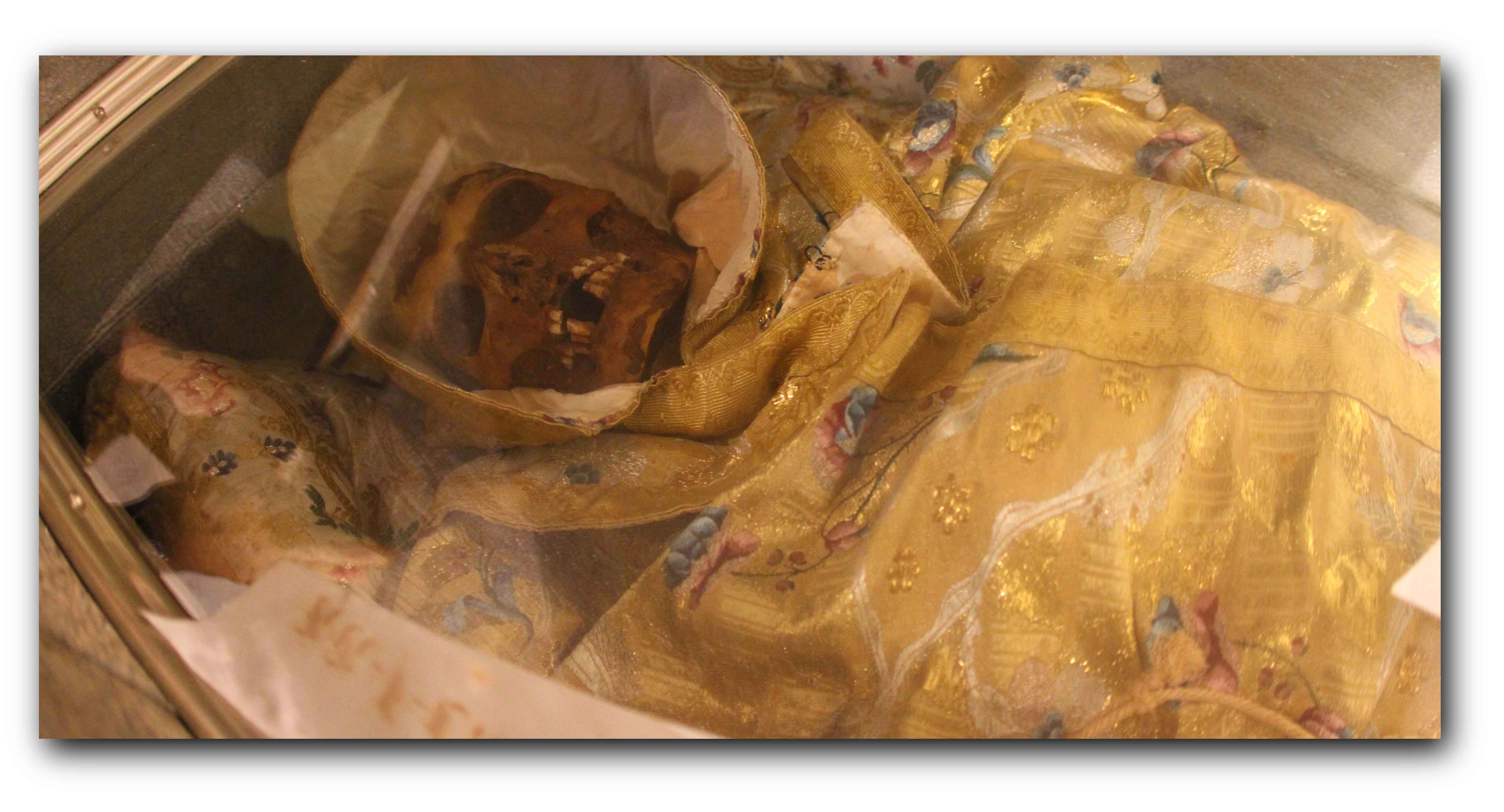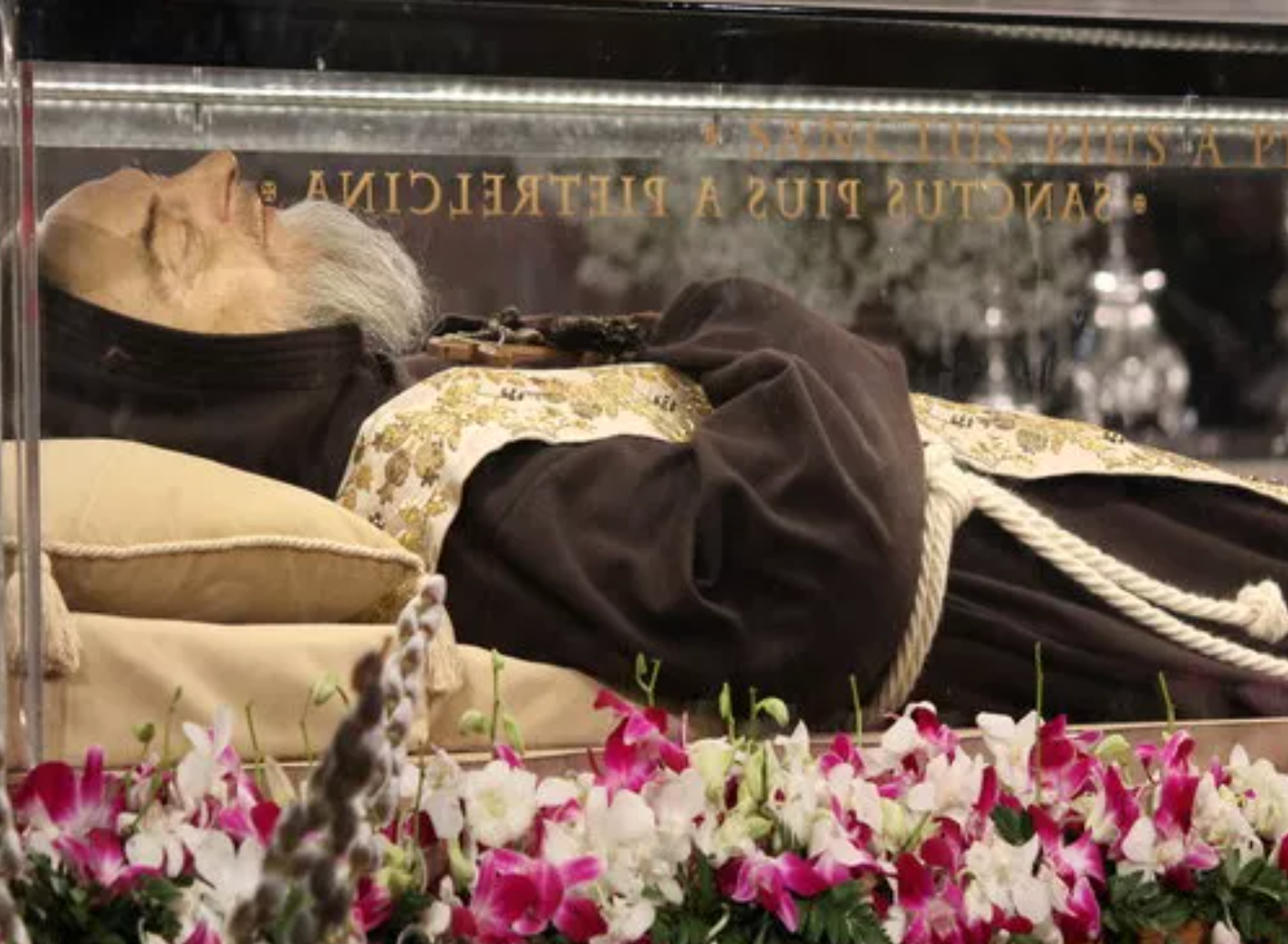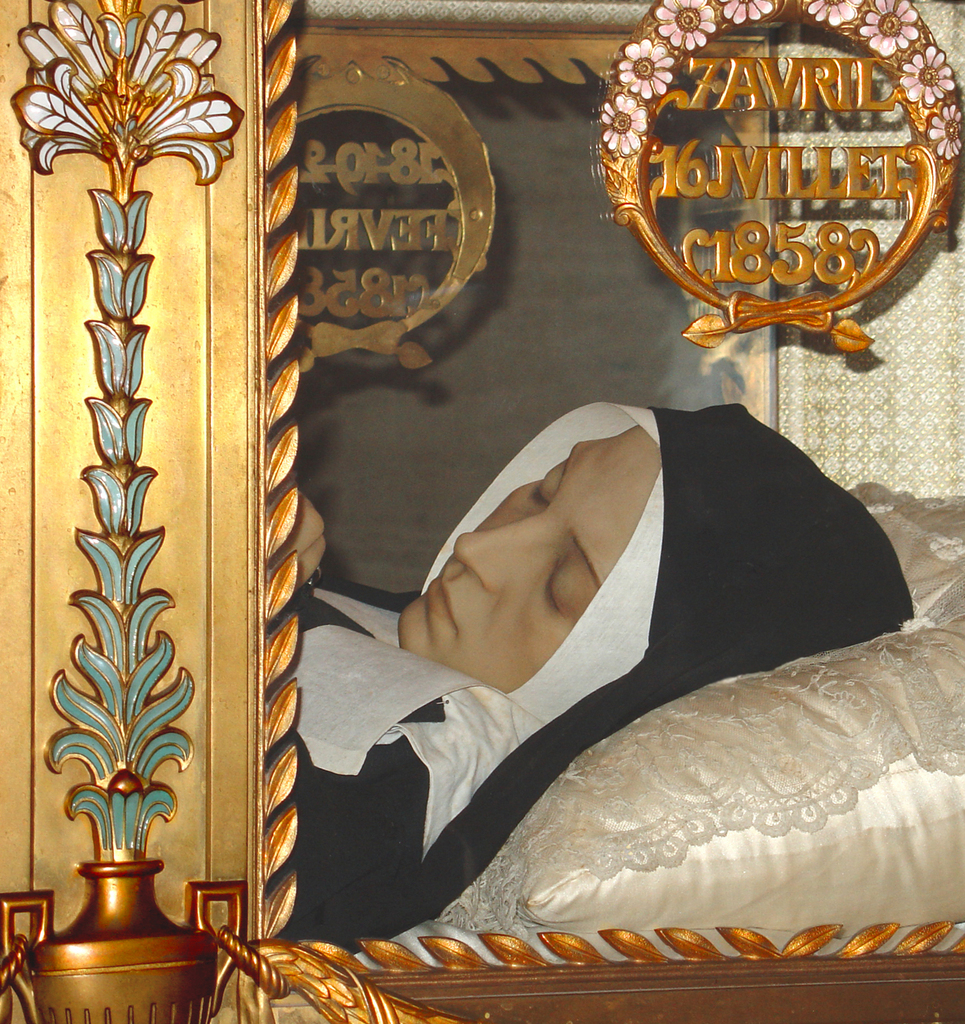
Incorruptible Bodies Of The Saints;Amazing, Beautiful, And Other
Famous Incorruptible Saints; Incorruptible Saints Today; The idea that some bodies remain more or less in the same condition they were in when a person died doesn't exactly align with our understanding of science. However, that doesn't change the fact that the bodies of some saints have remained relatively preserved long after we would have.
The Incorruptibles Catholic and Proud
Throughout the Catholic Church's history, the bodies of many saints were exhumed after death and found incorrupt. Normally after death, our bodies naturally decompose. As Genesis 3:19 says, "For you are dust, and to dust you shall return." However, there are saints who exhibited such holiness that God preserved their bodies. Even science.

Photographing the Real Bodies of Incorrupt Saints Atlas Obscura
The recent story of an alleged incorrupt nun in Missouri drew the attention of many to the remarkable phenomenon of incorrupt bodies of the saints.. What's the big deal with incorruptibility and how does it happen? What does incorruptibility mean? Incorruptibility is the preservation of a person's body, after death, from natural decay or decomposition.

Incorruptible Bodies Of The Saints;Amazing, Beautiful, And Other
The body of Mary of Jesus de León y Delgado (1643-1731), Monastery of St. Catherine of Siena found to be incorrupt by the Catholic Church (Tenerife, Spain).. Incorruptibility is a Catholic and Eastern Orthodox belief that divine intervention allows some human bodies (specifically saints and beati) to completely or partially avoid the normal process of decomposition after death as a sign of.

Incorruptible Bodies Of The Saints;Amazing, Beautiful, And Other
First-hand accounts state that these bodies remained soft and have maintained their coloring. This is despite their decay-inducing burial conditions. Some incorruptible saints were buried without a coffin or near other decaying corpses. The corpses of these incorruptible saints are also reported to give off a sweet-smelling flowery scent.

Female Medieval Saints Incorruptible Bodies and Heavenly Scents
Throughout the Catholic Church's history, the bodies of many saints were exhumed after death and found incorrupt. Normally after death, our bodies naturally decompose. As Genesis 3:19 says, "For you are dust, and to dust you shall return." However, there are saints who exhibited such holiness that God preserved their bodies. Even science.

Photographing the Real Bodies of Incorrupt Saints Atlas Obscura
The incorruptible bodies of saints are a consoling sign of Christ s victory over death, a confirmation of the dogma of the Resurrection of the Body, a sign that the Saints are still with us in the Mystical Body of Christ, and proof of the truth of the Catholic Faith—for only in the Catholic Church do we find this phenomenon. Impr. 342 pgs 33.

Photographing the Real Bodies of Incorrupt Saints Atlas Obscura
A fair number of canonized saints were found to be incorrupt when their bodies were exhumed after their death—but when they were reburied, and subsequently unearthed again at a much later date, their remains were found to have decayed naturally. Saints Pierre Julian Eymard and Francis de Sales are good examples of this.

Photographing the Real Bodies of Incorrupt Saints Atlas Obscura
The incorrupt bodies of some saints are understood to be a sign of that promise. Usually, the incorrupt body is taken to a nearby church soon after its discovery and displayed to the faithful.

Saint Victoria's Incorruptible Body in 2021 Saint victoria
Adding to the confusion around incorrupt saints are the ones who seem perfect but in fact are too good to be true. St. Victoria, a fragmented skeleton, was hauled out of the Roman catacombs at the.

The incorrupt body of San Diego de Alcala San diego, Santos
Truly miraculous or not, the incorrupt bodies of saints are considered holy relics and are treated with great esteem in both the Roman Catholic and Eastern Orthodox churches. Some are administered acid baths or other treatments to help sustain their incorruptibility. Many are encased in wax effigies or are given wax masks that represent their.

Pin on Saints
The incorrupt body of St. Camillus de Lellis. His skeleton is not in the effigy, but housed in a compartment underneath, La Maddalena, Rome. The relics of St Wittoria, the skeleton of a catacomb.

Incorrupt bodies of saints The ultimate explainer
Some of these "incorruptible" bodies of saints are on display in various churches and monasteries around the world. Invariably, the bodies are enshrined, and worshipers and pilgrims pay homage to the remains. There is a lengthy list of saints, including St. Silvan, St. Teresa Margaret, and St. Bernadette of Lourdes, who, after their deaths.

Photographing the Real Bodies of Incorrupt Saints Atlas Obscura
The patron Saint of Lucca, of servants, and of lost keys,. Zita is one of the "Incorruptibles" — bodies of Catholic saints that were found to miraculously not deteriorate.

Blessed bodies of saints miraculously preserved for centuries Rhode
A common objection to incorruptibility is the idea that the body either must have been deliberately preserved, a practice since ancient times, or that the conditions of the grave or tomb allowed for natural preservation. In at least one case, modern scientific examination has found that a saint previously believed to be incorrupt was likely not.

Photographing the Real Bodies of Incorrupt Saints Atlas Obscura
Among the English saints with incorrupt bodies were Cuthbert, Werburgh, Waltheof and Guthlac. Amongst them were two royal sisters, Etheldreda and Withburga, a king- Edward the Confessor, a bishop- Hugh of Lincoln and an Archbishop of Canterbury, Alphege. At the Reformation all their shrines were destroyed and the incorrupt bits of body.